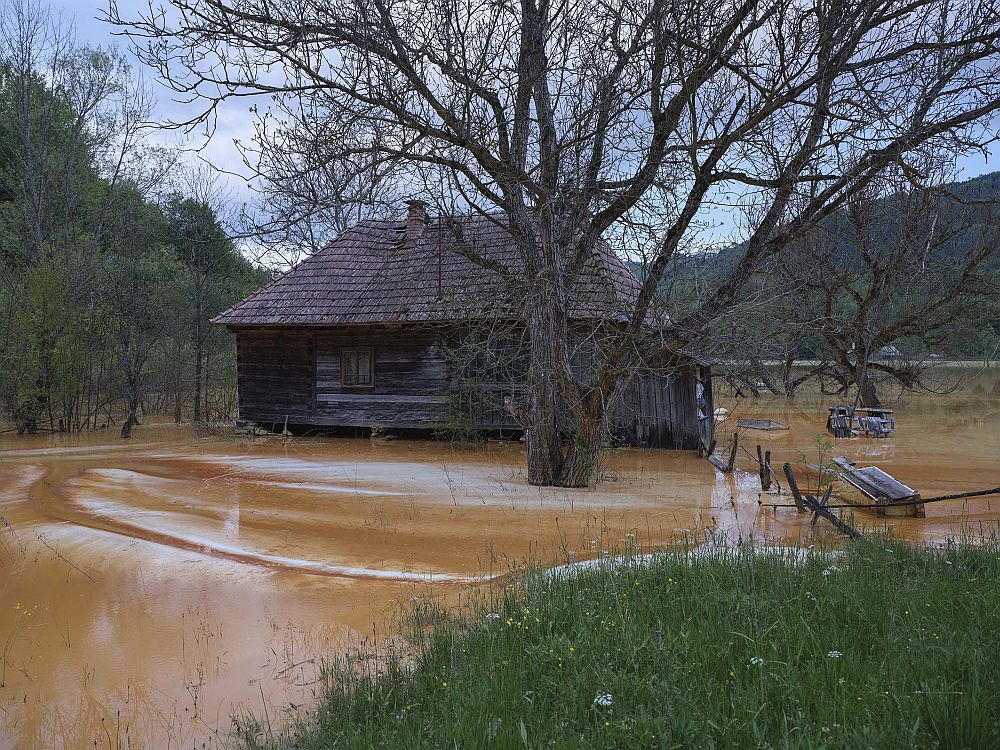
The temporary exhibition presents the past and present of Szeklerland through over 300 objects.Continue reading

An international exhibition, Atlantis – Small Worlds, will open at the Ethnographic Department of the Janus Pannonius Museum in Pécs (southern Hungary), offering a unique glimpse into the history of extinct and endangered settlements.
Researchers from several European countries, including Hungary, have collected stories, objects, and photographs from these forgotten villages. The exhibition showcases how local communities disappeared, often due to war or industrialization, through a mix of sound installations and visual elements.
The exhibition features both present-day images and sound recordings collected during a 2024 journey spanning thousands of kilometers. These immersive installations enhance the visitor experience, bringing the stories of these lost settlements to life in a compelling and modern way.
Researchers from Hungary, Romania, Serbia, Croatia, Slovenia, and Germany collaborated on this project.
The Hungarian research was conducted by a historian from Novi Sad, Serbia, along with experts from the University of Pécs and the Museum of Ethnography in Budapest. Their extensive fieldwork and interviews with former inhabitants provide an authentic glimpse into the history of these communities.
Among the Hungarian villages featured, Dolina (Tolna County, south Transdanubia) stands out.
After the expulsion of its German population in 1946, the village was ploughed under, and only recently rediscovered in 2022, with the unearthing of its chapel bell.
Korpád (Baranya County, southern Hungary), abandoned in the 1970s, is now covered by a wild forest, with only fruit trees marking human habitation. Gyűrűfű (Baranya County), once washed away, has been repopulated as an eco-village, telling the story of its old and new inhabitants.
Internationally, Ada-Kaleh (Romania) was submerged when the Iron Gate power station was built, wiping out the village. Geamana (Romania) was drowned in an ore reservoir, while Zavrsje (Croatia), once inhabited by Italians, is now a memory. Gakovo and Krusevlje (Serbia) were internment camps during and after World War II, with one resettled and the other rendered uninhabitable.
This unique exhibition brings to light the stories of forgotten villages, their people, and their fates, reminding us of the impact of history, policy, and progress on small communities across Europe.
Via MTI; Featured Image: Facebook / Janus Pannonius Múzeum